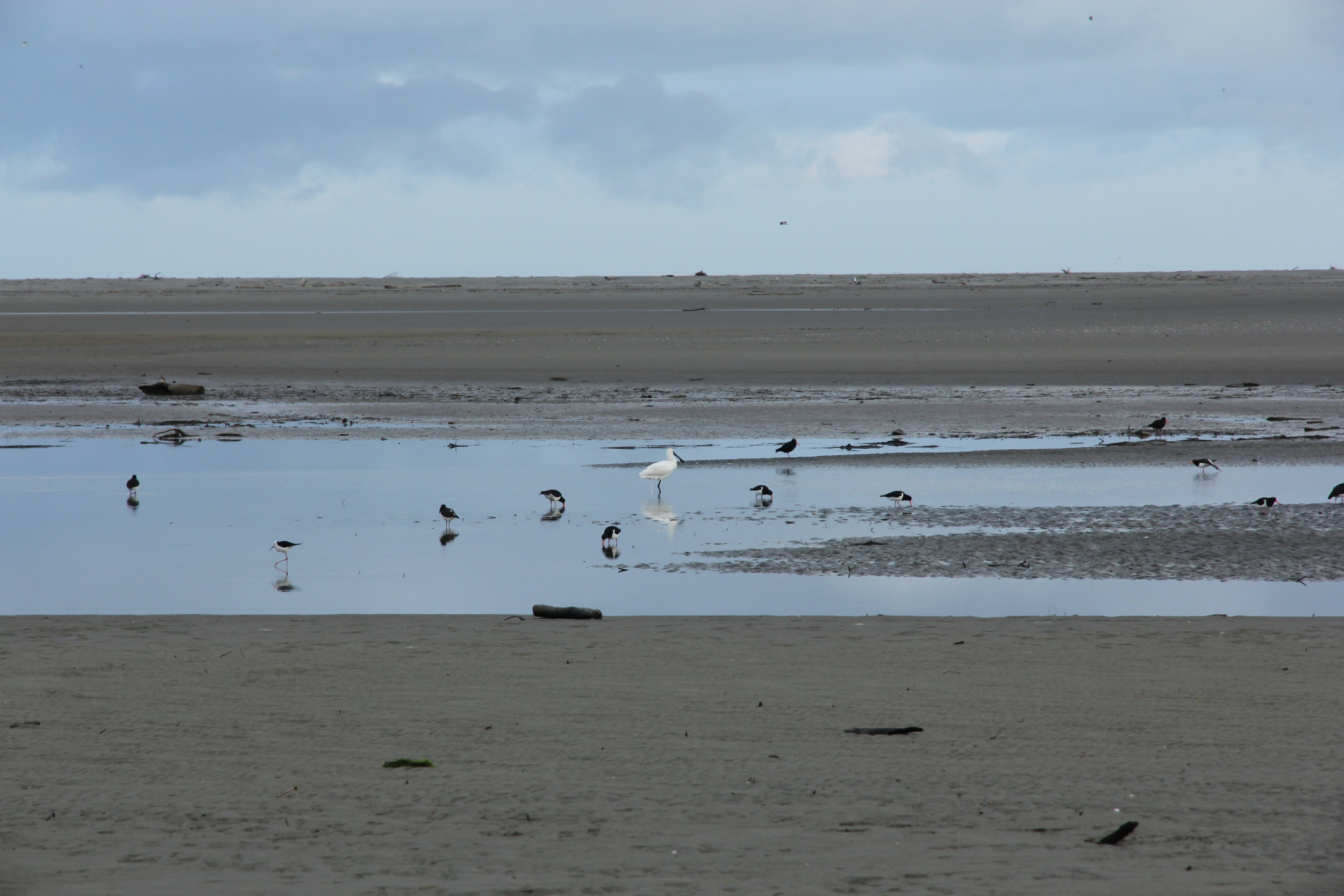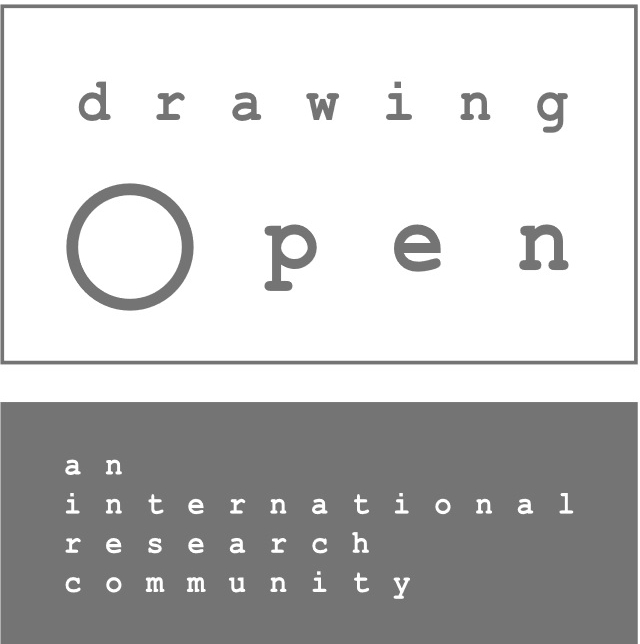2019
Rainbow over the olive grove, Kuku, 6 July. Image by Emma Febvre-Richards, 2019.
From 4-7 July 2019 members of the Kei Uta Collective and Te Waituhi ā Nuku: Drawing Ecologies reconvened at Huhana, Richard and Tama’s whare (home) at Kuku to continue the korero tuku iho (local oral narratives of place), to hīkoi (walking/talking meetings) over the ancestral lands of hapū of Ngāti Tukorehe and to gather by the fire, share food and process the hauhake (crops) from the farm, such as brining recently harvested olives and freezing late harvest Sturmer apples from the oldest tree on the farm.
The group was made up of Huhana Smith, Emma Febvre-Richards, Marilyn Jones, Maria O’Toole, Lisa Munnelly and Dani McIntosh (all from Massey University, Pōneke), Monique Jansen (Auckland University of Technology), and Louisa King and Penelope Allan (University of Technology, Sydney). The purpose of gathering again was to discuss the creative outputs generated from the first February wānanga, and to more deeply experience the process of instigating ecological transformation and cultural change by using indigenous or Māori-led approaches and kaupapa Māori research methods.




Our early morning hīkoi to the mouth of the Ōhau River estuary clearly revealed the coastal dunes and erosion due to introduced grass species such as marram. We were also very fortunate to view many bird species sheltering in the estuary, including the Kōtuku Ngutupapa (Royal Spoonbill). In re-visiting the wetlands in winter we noticed how the restoration planting had grown and changed since February. The raupo/bulrushes were dormant and brown, waiting for new spring growth but the harakeke and other native plantings were tall and lush. Whanau (family) members had continued planting more harakeke towards a sustainable natural fabric industry. Penny and Louisa interviewed all the Te Waituhi ā Nuku participants about their understanding of the process of wānanga and hui, and how it has generated enhanced cross-cultural understanding to know a place better, and feel the effects of generational processes of colonisation and impacts of climate change upon this whenua.










As happens when a group of artists gather in front of a fire with wine and food, the conversation expanded beyond Kuku and our artistic responses to the climate change impacts on Māori coastal ecosystems and economies. We thought about the value of the wānanga and hui process as a model for art and design responses to the climate change emergency. The method, based in kaupapa Māori and enhanced by the value of manaakitanga (caring for vistors), emphasises a more genuine exchange via slow-time, talking and walking lands, which then deepens cross-cultural understanding. We discussed creating a series of site-based or gallery-based activist exhibitions around the world, where collectives of local indigenous communities, artists, designers and scientists are grounded in place across an extended period of time, and develop responses to the climate change challenges we all face – from what ever part of the world we inhabit.












Click here to view artist’s project summaries
“Lotto girls” (Monique, Maria, Marilyn, Emma, Huhana and Dani), 5 July. Image by Marilyn Jones, 2019.


